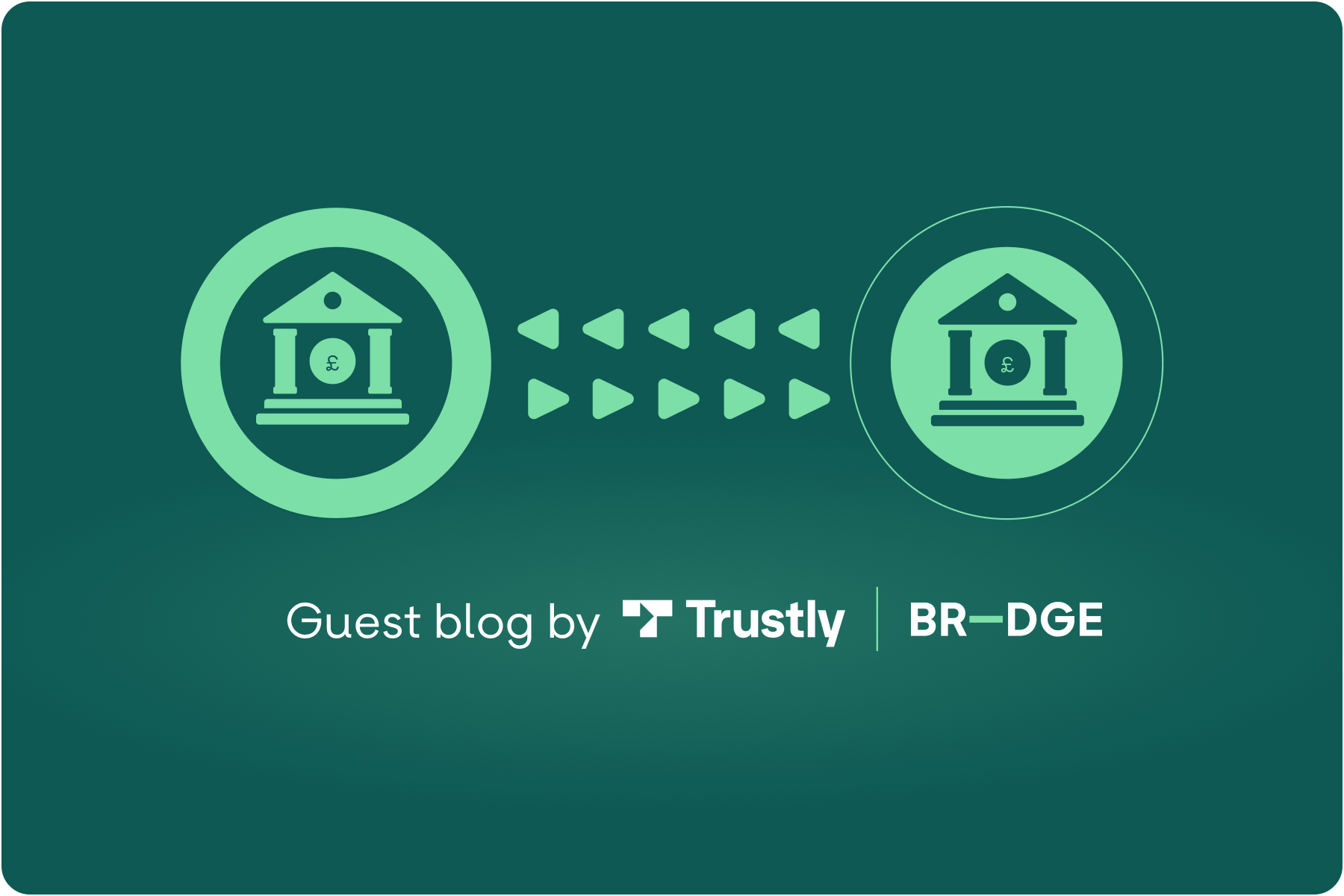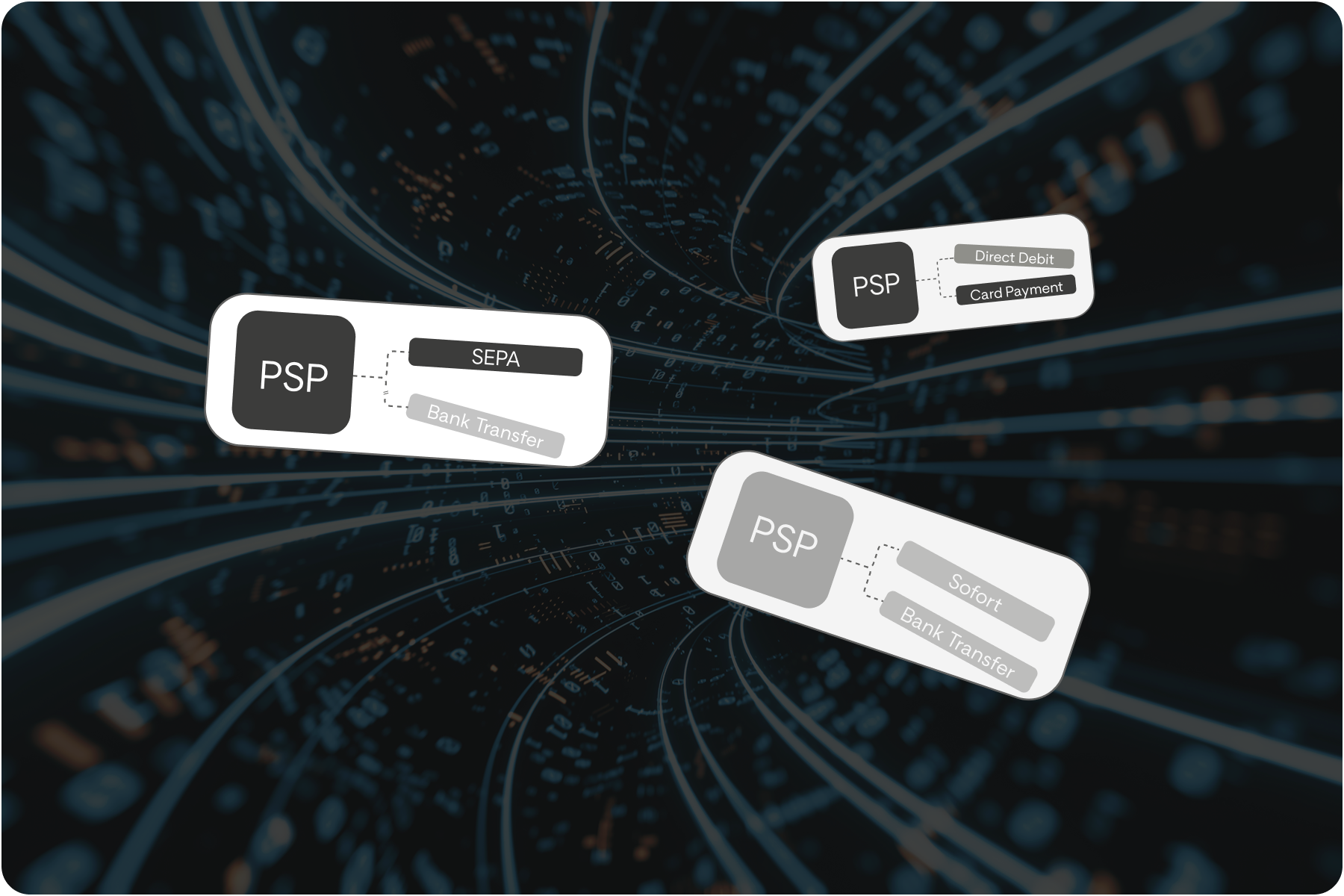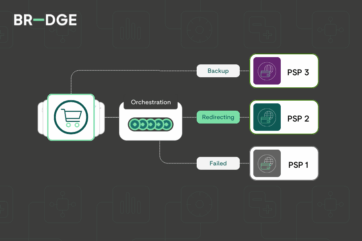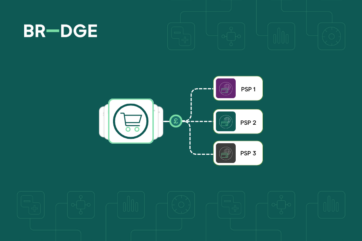
Could payment orchestration help cut-down on ecommerce fraud?
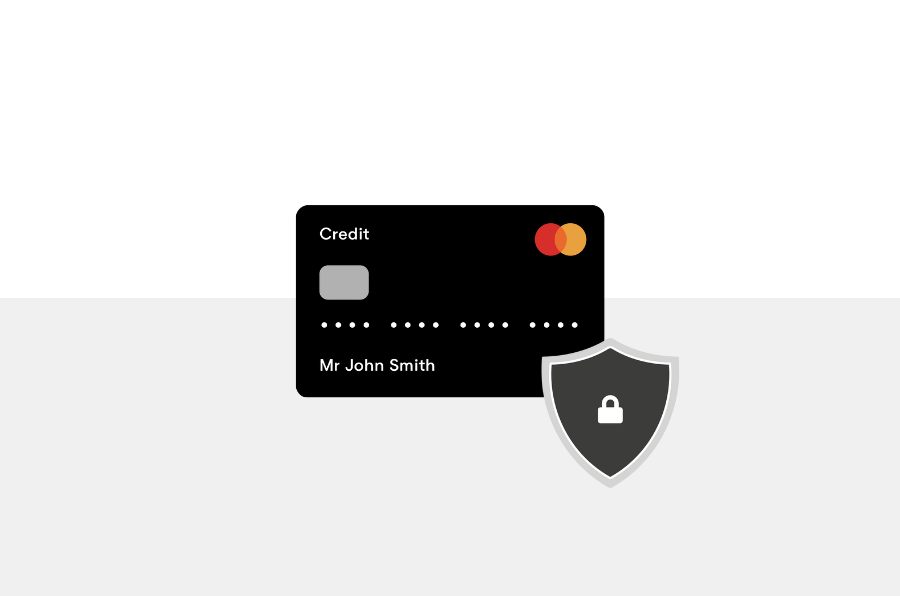
Fraud in the current payment landscape
Digital fraud has been on the rise for many years, with the latest iterations becoming increasingly savvy and genuine looking. For consumers spending online, it is sometimes difficult to catch a scam and even harder as the merchant, to mitigate risk.
The introduction of new legislation is greatly encouraging, with the likes of PSD2 and SCA setting a new benchmark for digital transactions. With issuer bank data showing fraudulent transactions decreasing from 50% to 33% between December 2020 and April 2021, the impact SCA has had against fraud has been huge. Yet despite this progress, fraud still remains a core issue for merchants and consumers.
With a rise in ecommerce traffic, due to the evolving retail landscape, fraudsters have had greater opportunity to utilise sophisticated transaction scamming, from phishing, identity theft or advanced fee/ wire transfer. Merchants need to partner with key players across the payments ecosystem to implement legislation, but also be open to ways in which technology can further build resilience and reduce friction at the checkout, as more checks and security questions can detract from the customer user experience.
Players across the payments ecosystem are working on ways to improve transparency, reduce friction and mitigate risk. From technical back-end solutions like Network Tokenisation, through to Open Banking and fraud tool integrations, there are a wealth of opportunities for merchants, like you, to address the fraud agenda.
SCA’s initial impact on fraud
3DS and by extension SCA is designed to stop digital fraud at the point of sale. By requesting more details about a physical device or the user, 3DS2 will assist retailers in detecting fraudulent purchases and promote legitimate trade.
Since its widespread implementation in the UK the data indicates SCA has had a significant impact on combating fraud. With just under 75% of all retailers seeing a positive result, with the average fraud reduction for each merchant being 25% (Finextra, 2022).
From the customer side the data is reassuring with SCA’s impact on friction being less than initially feared by ecommerce organisations. Four out of five British consumers said they are happy to carry out two factor authentication, showing consumer behaviour has largely accepted the new standard of legislation. Furthermore, cart abandonment on average has dropped from 32.4% down to 28.9% since SCA was introduced (Finextra, 2022). Instead of additional friction it appears SCA has made users feel more secure at the checkout resulting in more conversions and more confidence in the digital customer journey.
Overall SCA is working in the merchants' favour, however fraudsters are constantly devising new methods to carry out fraudulent transactions and you need tools specific to your needs to truly gain control over your digital payments and safeguard revenue.
An agile fraud tool stack
As online fraud increases there has been an explosion in the development of digital fraud tools and they continue to remain an important part of the transaction lifecycle. These tools can identify risk in transaction. The accessibility of cloud technology has allowed for fraud tools to offer more storage, rapid tracing of breaches and enhanced processing power (Fortune Business Insights). These advancements have led the digital fraud tool market to evolve at such a rate that often merchants struggle to keep up with current trends and advancements.
Traditionally, merchants would use fraud systems provided by their current payment providers. However, with ecommerce being such a fast paced and dynamic market you as a merchant need tools which are not only responsive, resilient and flexible but can address the specific needs of your business and customers. As a consequence traditional fraud tools struggle to offer any personalised offerings to merchants and cannot adapt to trend changes swiftly.
Resulting in merchants not being able to ascertain the right fraud tools for them, furthermore, choosing the wrong tool results in resource wasted in integrations as well as customers being exposed to unnecessary friction.
Platforms, such as Payment Orchestration provides you with the ability to integrate several different fraud tools independently from your payment service provider, so you can innovate at speed without impacting your existing payment processes. With greater access to the entire payments' ecosystem, you can trial, test and improve your fraud tech stack in an agile and flexible manner, to suit the needs of your customers and your wider organisation.
Enhanced data to streamline fraud screening
An orchestration platform can take this a step further by analysing customer data to identify patterns and trends in fraudulent activity. This data can then be fed in real time to enable you to continuously evolve your fraud strategy.
Each fraud tool tends to focus on a certain type of fraud, so by having all your fraud data in one place, you can cross reference different indicators to ensure you fully understand your challenges. This wealth of centralised data can then be applied to the orchestration layer’s machine learning, allowing you to identify and mitigate risks in real-time.
This advanced fraud strategy frees up the capacity of internal fraud teams who can dedicate their time to more complex fraud cases. This efficiency is partially attributed to the centralised nature of an orchestration platform, which further enables you to deliver an enhanced service, by identifying repeat customers and positive behavioural patterns, where you could look to reduce the risk level.
Network Tokenisation offers a solution to reducing fraud
Usually, a gateway will tokenise the primary account number (PAN) between the merchant and the gateway. Network Tokenisation allows a user's PAN to be tokenised throughout its entire journey through the acquirer, network processer, card scheme and finally issuing bank. By tokenising the PAN throughout the transaction lifecycle this brings a whole host of benefits in fighting fraud as well as merchants' development of their payment capability.
Network Tokenisation's ability to keep card data hidden is a huge barrier for fraudsters trying to carry out card-based fraud, as without consumer data the impact of what they can achieve is severely limited. It also allows you to safeguard returning customers, reducing their friction while ensuring they have a safe shopping experience.
From Visa and Mastercard's schemes initial data is reporting an average reduction of fraud at 26% for merchants without creating any additional friction for the digital customer journey (Visa,2022). Alongside this authorisation rates increased from 2-7% , automatically creating a frictionless retail experience for more customers (Visa 2022)/.
Network Tokenisation also allows for the token to be updated in real time. This means customers will no longer experience declines for out-of-date card information which will contribute to elevating pass rates and improving the fluidity of the experience to returning customers which also helps create digital customer loyalty. The flip side to this is if a card is reported stolen the details on the token are immediately changed, rendering it useless to the person who committed the theft, again reducing criminals' ability to carry out fraudulent transactions.
Network Tokenisation also opens the door for innovation to merchants. With the tokens ability to link products and services across multiple channels, a great example of this being Click Pay with services such as Open Banking providing strong building blocks for future payment innovation.
Open Banking providing transaction transparency
By its own design Open Banking is a very secure payment method, as every payment made via Open Banking uses Strong Customer Authentication (SCA). SCA transactions require two separate methods of authentication one of which is biometric. The use of biometric authentication has a significant impact on reducing fraud rates showing Open Banking has a role to play in limiting fraud.
Open Banking allows for full visibility of the transactional journey instantly. This wealth of information and the speed in which it can be accessed is also a giant win when fighting fraud as speed and accountability are key in a dynamic fraud prevention strategy.
Platforms, like BR-DGE, offer merchants convenient and swift access to multiple Open Banking providers via our platform including leading players such as Vyne. This not only enables you to keep up with the latest consumer payment trends, but provides an additional layer of visibility for your cautious and security-focused consumers who are looking for instant peace of mind surrounding their transactions.
Payment Orchestration offers a future for fraud prevention connectivity
Although legislation is providing security to customers and merchants there is still room for innovation and development within digital fraud prevention, with fraudsters constantly finding new ways to target consumers and merchants alike. To ensure payments remain secure, merchants need a dynamic fraud strategy to safeguard their revenue and customer data.
A capable payment orchestration platform, such as BR-DGE, provides a wealth of support, connecting the entire payments ecosystem. With access to the latest fraud tools, the most innovative and consumer-focused payment methods, such as Open Banking providing customers with full transactional transparency, and solutions such as network tokenisation; you can be better equipped to tackle digital fraud.
Looking for more information on how you can maximise the security of your payments process, get in touch with us to learn more.
Related content
